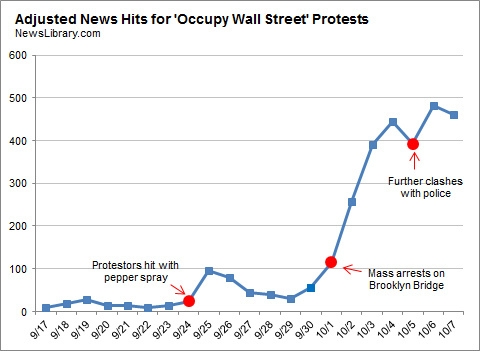Scholars who study journalism, myself included, have found that efforts by journalists to stay neutral often backfire, resulting in exactly the opposite effect they desire. Journalists, for example, may try to balance “both sides” of a contentious issue, seeking out authoritative sources to give a credible account of each position. But, in seeking out authoritative people, they simultaneously offer a public platform to the very people who are already powerful.
Along these lines, Describing early coverage of the Vietnam War, Hallin (1986: 25) writes:
…most of the reporting, in the best tradition of objective journalism, ‘just gave the facts.’ But they were not just any facts. They were official facts, facts about what the president said and what ‘officials here believe.’ The effect of ‘objectivity’ was not to free the news of political influence, but to open wide the channel through which official influence flowed (my emphasis).
More, because journalists need highly-authoritative sources in order to do their job, they need to cultivate relationships with them. Likewise, authorities need reporters to help them get their stories to the public.
Powerful reporters and powerful people, then, become… friendly. Reporters may try to avoid saying these that their regular sources wouldn’t want said, partly because they like them and are influenced them, and partly because they need them for the next story and the next.
I thought of this research when Jay Livingston posted this picture, on the Montclair SocioBlog, of Alan Greenspan and David Brooks having lunch together:
Note: The photo was removed at the request of the person who took it. Sorry.
Greenspan is the former Chairman of the Federal Reserve, Brooks is a decorated journalist.
Source: Hallin, D. (1986) The ‘Uncensored War’: The Media and Vietnam. New York and Oxford: Oxford University Press.
Lisa Wade, PhD is an Associate Professor at Tulane University. She is the author of American Hookup, a book about college sexual culture; a textbook about gender; and a forthcoming introductory text: Terrible Magnificent Sociology. You can follow her on Twitter and Instagram.










